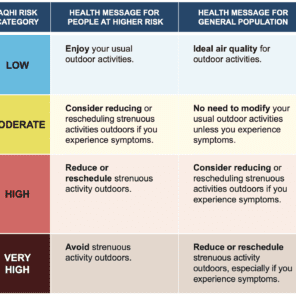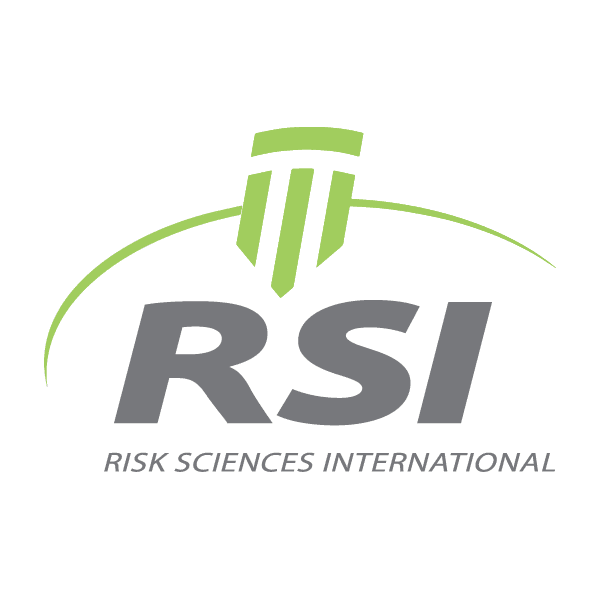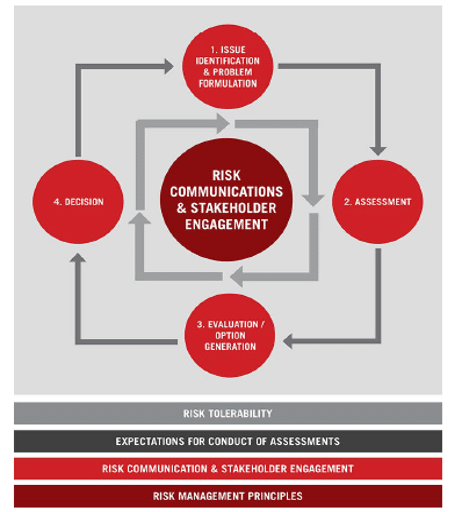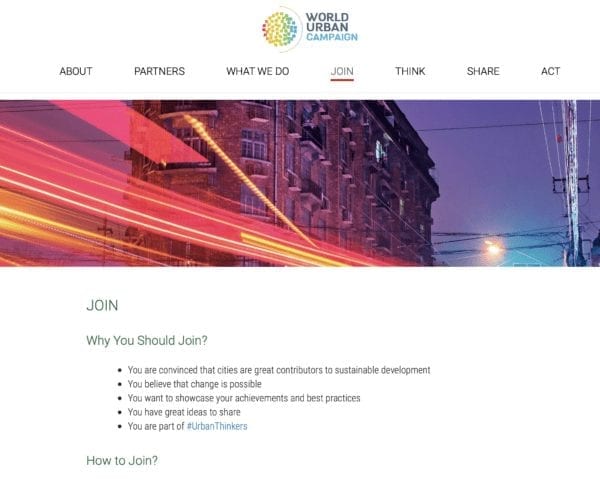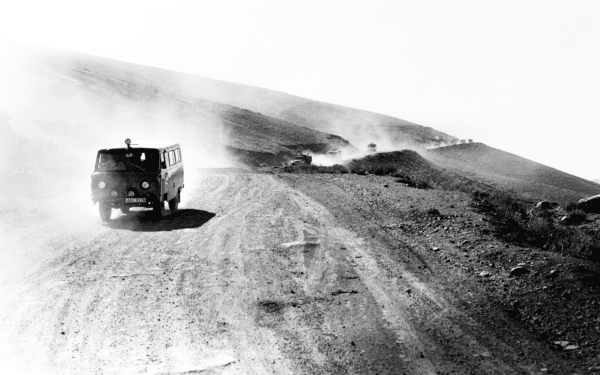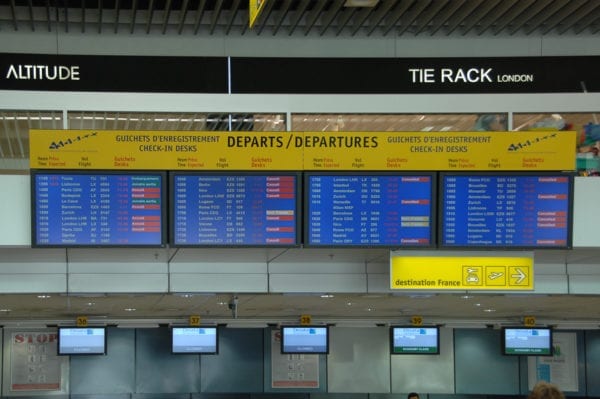Case Study Client: Environment and Climate Change Canada, Health Canada
Listing of the client in no way affirms the client's support, sponsorship, or validation in any form of Risk Sciences International or the RSI staff member(s) who conducted this project during their stay with RSI or prior to joining the company. This case study is displayed for informative purposes only to demonstrate the capacity of RSI staff members. This case study reveals no proprietary information or information deemed sensitive.
Mandate
Environment and Climate Change Canada, with Health Canada, wanted to understand perceptions of the health risks from smoke from wildfires and from residential burning (winter heating using wood stoves, and fireplaces), and public health communication approaches and messages used in these contexts. This information would support revisions of the health messages used in the Air Quality Health Index (AQHI).
The AQHI expresses the health risk associated with three common urban air pollutants, and is calculated at monitoring stations in communities across Canada to inform the public of the risk level of current local air quality conditions. However, it is not well suited to characterizing the health risk from smoke, which is measured by levels of fine particulates alone; in addition, the health messages included in AQHI reports do not address the risks and protective measures that are relevant to smoke pollution. The purpose of the project was to develop improved messages to enhance the utility of the AQHI as a public health communication tool during smoke pollutions events and situations.
Work
The project involved a review of academic and grey literature, media reports and social media on perceptions of the health risks associated with smoke from wildfires and residential burning, and on communications approaches and messages that were used in public health responses to these smoke events. Interviews were also conducted with key informants within relevant government departments, and with air quality advocates who were involved in public health aspects of smoke.
An analysis was conducted of the risk concerns within communities affected by the two types of smoke pollution, as well as the types of public health messages that the public receives and uses in these situations. The effectiveness of the different types of messages for conveying relevant health risk information to affected audiences was evaluated, and challenges identified.
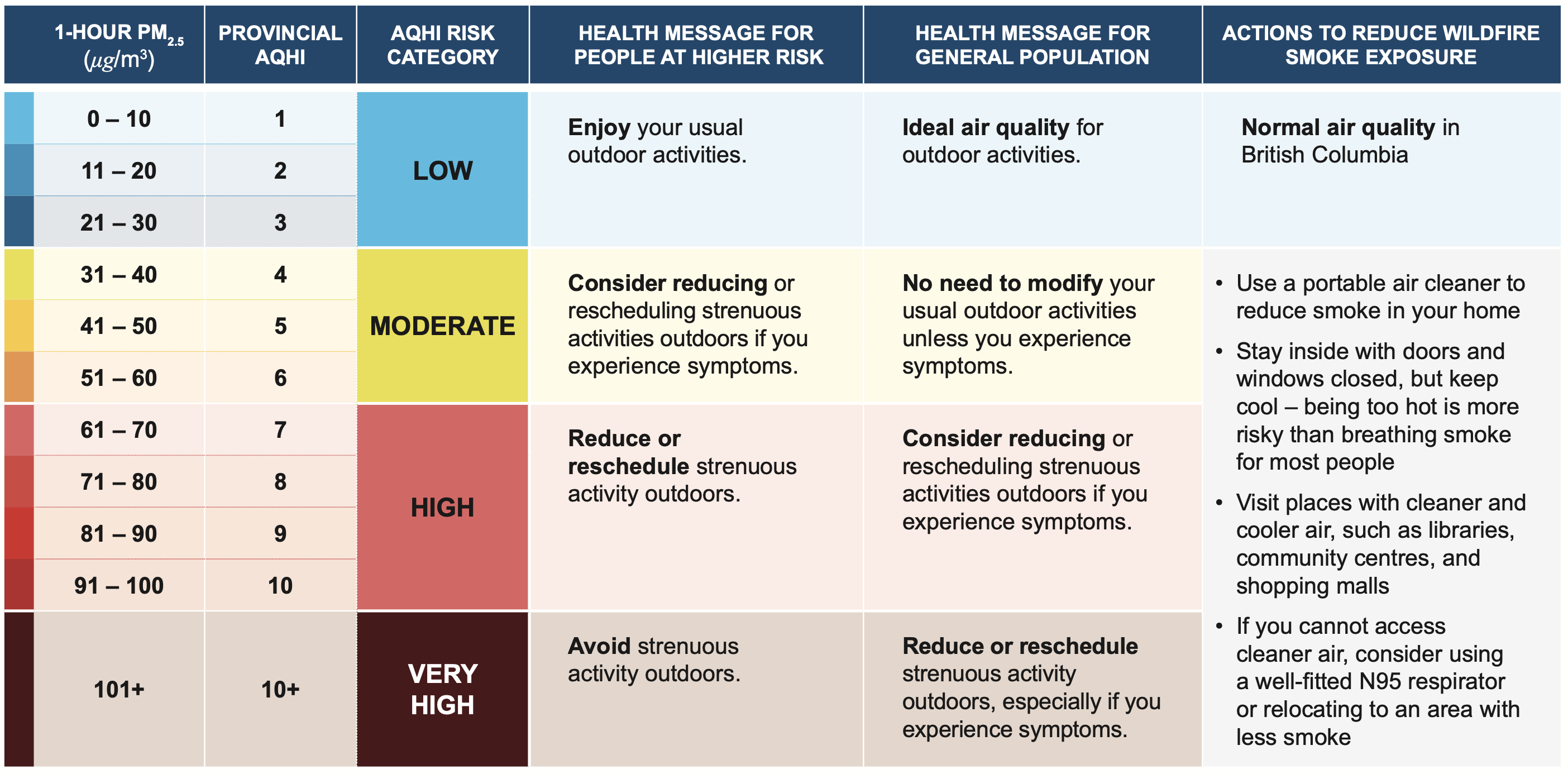
Source: click here
The AQHI-Plus designed by the British Columbia Centres for Disease Control to calibrate an AQHI level driven by the concentrations of fine particulates during a smoke pollution event. This retains the standard AQHI messages and adds an additional column of messages specific to smoke exposures.
This is an important component of the improved AQHI messages that RSI developed.
Outcomes
The findings of the literature reviews and interviews, and the analysis of the two different risk perception and communication contexts, were presented in a report to the client. The report also included recommendations for improved communication messages for public health messages for smoke pollution due to wildfires and to residential burning.
In a subsequent step, risk communication principles were applied in the development of improved AQHI messages for each of the two smoke pollution risk contexts. These messages consisted of revised AQHI message content and display for each context, as well as additional information to support the understanding of the information and conduct of the behavioural measures suggested.
Posted in Case Study
More RSI Case Studies
RSI presents a very small selection of case studies to highlight some of its key work.
The Alliance of Blood Operators (ABO) needed a coherent risk management framework to guide decision-making on the delivery of blood services by its member organizations, which would help produce consistent decision-making processes and outcomes across the different national jurisdictional and regulatory structures. The RBDM approach was meant to support a shift in risk decision-making in national blood services organizations from one focused on minimizing all risks to blood quality and supply, with little concern for costs, to a risk-based approach in which resources are allocated according to risk and the application of financial resources and management rigour is proportional to the risk they are addressing.
Read MoreThe project began with a series of consultations with UN-Habitat at UNON in Nairobi. In addition to Cemil Alyanak and Nicholas you, the project grew to include many key stakeholders both within UN-Habitat and from other organizations. Among the key organizations included in the early stages were United Cities and Local Governments, Cities Alliance, the World Bank, Habitat for Humanity, Cisco, and UN agencies interested in urban health, notably the World Health Organization.
Read MoreUnder the supervision of Director Purcell and his cabinet, the six-month project began with an internal review of attitudes, projects, responsibilities and management reporting lines. The work uncovered multiple inconsistencies and inefficiencies. What’s more, there were very real risk consequences at the operational level.
Read MoreThe original mandate aimed to find a new direction for the world renowned International Herald Tribune just as both the World Wide Web was in its infancy, and the newspaper faced increased competition from international and regional editions of established newspapers and magazines such as The Economist, The Wall Street Journal, and The Financial Times.
Read MoreGeneva International Airport was concerned that its signage was become problematic. Not only was it aesthetically overwhelming after decades of revisions and additions, it was becoming a safety risk with…
Read More
